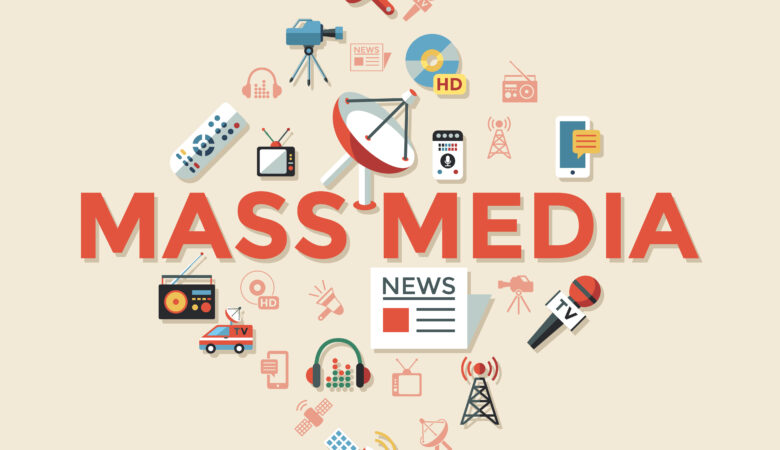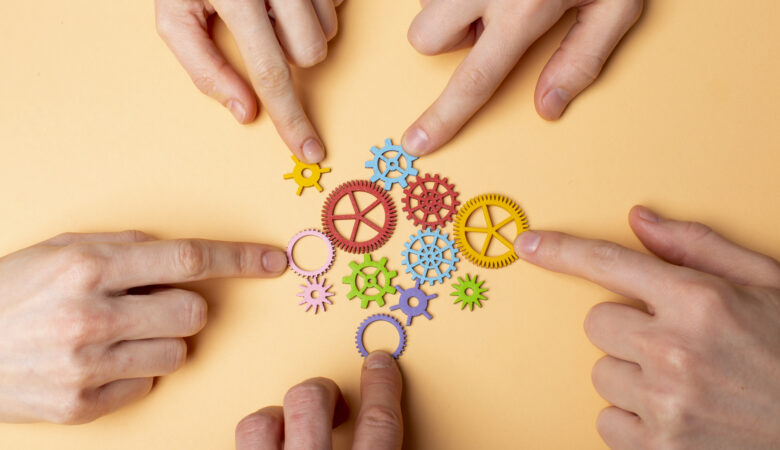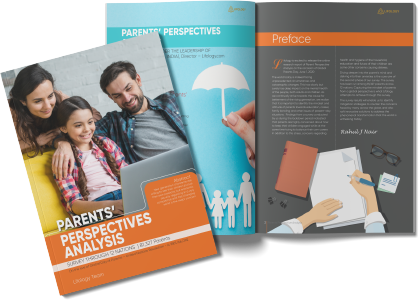As a product designer, you do not always have to create new things. One can also redesign/reinvent an already existing product to enhance its functionality or better it without increasing its cost, thus making it more attractive to consumers.
Note that many confuse Product Designing with Industrial Designing. You could categorize Product Designing to be a subsection of Industrial Designing. Both share a lot of basics, but there are many differences, too.
Product Designing encompasses the effort that goes between an initial idea and the final product that results from that idea while Industrial Designing is about evolving and designing concepts and products for large-scale industrial-level manufacturing.
Essential Skills
Product Design is one of those rare fields where you will need technical as well as design/art knowledge because the products you design should not only look good but should be practical and serve a defined purpose.
Aspirants should be good at drawing and be able to understand customer needs. You should be creative as well as possess good organisational and communication skills. You should be able to think outside the box while being able to determine costs and budgets.
Career Prospects and Work Process
You can opt for either a bachelor’s or master’s course in Product design, or do both.
Once you get a job, your work starts when you meet a client and get a brief from them. Depending on the brief and the client’s requirements you will perform research and do benchmarking to produce a design proposal.
The next stage involves converting the idea into something more tangible. You have to make initial sketches, and upon finalizing one of them, you have to find suitable raw materials and resources to create the product. Product designers also use computer-aided design software to develop blueprints. Using these blueprints, you have to make working models, also known as prototypes.
These sample products are tested to evaluate their various properties, including design, practicality, ease of use, aesthetics, etc. Once the faults are fixed, the final product is designed.
At the end of the day, design thinking is a human-centered approach to innovation that draws from the designer’s toolkit to integrate the needs of people, the possibilities of technology, and the requirements for business success. The key is to learn to be adaptable and have a love for learning.








